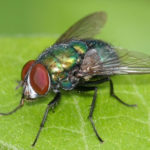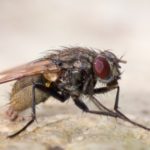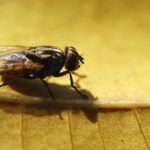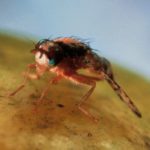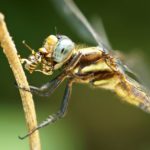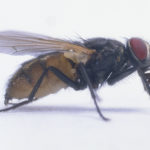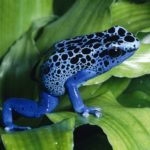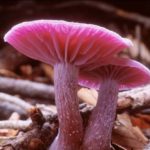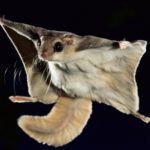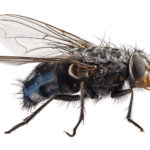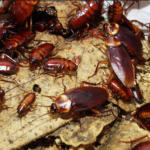Interesting facts about amanita
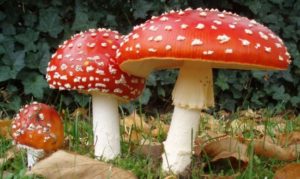 Amanita often equated with common toadstools, although this is far from the case. Of course, there are fly agarics, like ordinary mushrooms, can not be – they are poisonous, but, nevertheless, they have a lot of other useful uses. In addition, fly agarics are fed by some forest animals. And, finally, they are just beautiful, are not they?
Amanita often equated with common toadstools, although this is far from the case. Of course, there are fly agarics, like ordinary mushrooms, can not be – they are poisonous, but, nevertheless, they have a lot of other useful uses. In addition, fly agarics are fed by some forest animals. And, finally, they are just beautiful, are not they?
The name “fly agaric”, characteristic of most Slavic languages, appeared due to the widespread use of this fungus as a means for getting rid of flies and other insects.
Contrary to popular belief, flies do not kill the poison of fly agarics. In the wild, the fly agaric cap has a concave shape, and rainwater accumulates in this depression. When flies drink water with mushrooms dissolved in it, they fall asleep and just drown in this puddle. The same thing happens at home, when the mushroom cap is placed in a container of water. If the fallen asleep fly is immediately removed from the water and transferred to a dry place, about 10-12 hours later it will wake up and fly away.
Pale toadstool, the most poisonous mushroom in the world – this is also a representative of the genus mushrooms.
Most fly agarics are inedible or extremely poisonous, although some species of edible mushrooms are outwardly reminiscent.
The widely known amanita muscaria (this is the name of a fungus with a bright hat and white specks) is very toxic and hallucinogenic.
There are also edible fly agarics – for example, the Caesar mushroom growing in the Mediterranean and southern Europe, where it is considered a delicacy.
The acid contained in the fly agarics leads to the death of brain cells.
The deaths from poisoning with red fly agaric are extremely rare, since these mushrooms are completely unlike any edible species. In addition, the lethal dose of fly agaric for a person – about 15 hats, and eating at such times the number of poisonous mushrooms is unlikely.
Amanita for a long time was the only intoxicating substance known to the peoples of Siberia. Due to the ability to cause hallucinations, the fungus was often used (and is still used) in religious rites – for example, when communicating shamans with spirits.
For the sake of a sense of euphoria and unconsciousness, fly agarics are eaten not only by shamans, but also by deer. In addition, these bright mushrooms eat moose, bears and squirrels.
The Mordva and the Mari worshiped the fly agarics as the food of the gods and spirits.
Adherents of alternative medicine recommend fly agarics for strengthening immunity, preventing colds, treating cancer and joint diseases. The effectiveness of such drugs has not been described in academic medical literature, so it’s probably not worth taking these advice on faith.
In some old books it is said that twice boiled fly agaric becomes edible and not dangerous, however this theory is not scientifically confirmed. Do not take chances.
Symptoms of poisoning with fly agaric appear only 15 minutes after eating the mushroom in food.
In France, an extract from fly agarics is used to treat insomnia.
Amanita is one of the most famous and most recognizable in the world fungus. European scientists conducted research, during which people were shown images of various mushrooms. Amanita was unmistakably named by 96% of the respondents, while the white fungus was identified only by 53% of the respondents.
